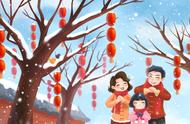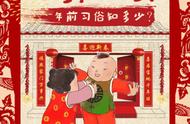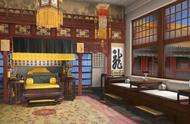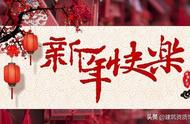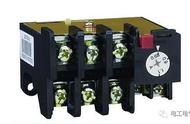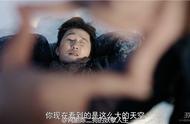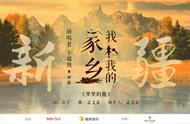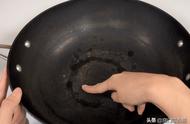[Photo/CGTN]
Do the laundry, bathe or take a good shower. Those activities symbolize for washing off all the bad luck and potential illness in the upcoming Chinese New Year.
In places like Beijing and Tianjin, an old tradition is to eat a rooster. Most people prefer a rooster instead of hen because of its majestic looking, and believe it will bring good luck.
腊月二十七洗澡洗衣,象征着洗去所有的晦气和疾病。
京津一带的传统则是宰公鸡。传说吃公鸡能带来好运。

[Photo/CGTN]
It's a tradition to prepare in advance all staple food for the whole family to eat during the first week of Zheng Yue (the first month of the Lunar New Year). Usually, the staple food is flour-made because it's easy to store. The activity starts from 28th and may last for one or two days.
People from the north make steamed buns with leavened doughs, while people in the south prefer Year Cake, or Nian Gao, made by glutinous rice. The steamed buns can be in various shapes, including cute animals, flowers, etc.
到了二十八,家家户户开始发面做馍,准备过年的主食。北方人蒸馒头,南方人做年糕。有些人家还会做一些“花样馒头”。

[Photo/CGTN]
People in most of the areas get up early to sweep tombs for their ancestors and burn incense and joss papers in memorial of them. This is also a reflection of the traditional value "Xiao," or filial piety, in China.
腊月二十九,上坟请祖上大供。

[Photo/CGTN]
Finally, it's the Spring Festival Eve. This day is regarded as the most important day for family reunion throughout the year. Children who work or study outside the hometown, return home to celebrate the festival with their family.
The whole family enjoys a big feast at night while watching the Spring Festival gala. They stay up late and wait to ring in the New Year. A must-eat food is dumplings. Elders give kids red packets, or red envelopes, with cash in them.
In the days between 28th and 30th of La Yue, people also put on couplets on the gates, paper-cutting decorations on the windows, and New Year pictures on the walls of their homes to express their best wishes.
大年三十,全家团聚吃年夜饭,看春节晚会,还要“守岁”。家家户户吃饺子,长辈给小孩发红包。人们会在墙上贴年画,在门上贴对联,在窗户上贴窗花,表达美好的祝愿。


